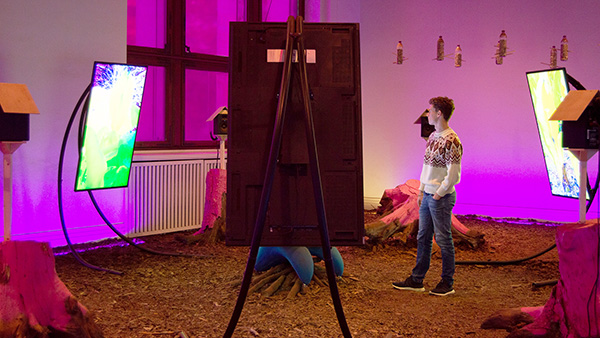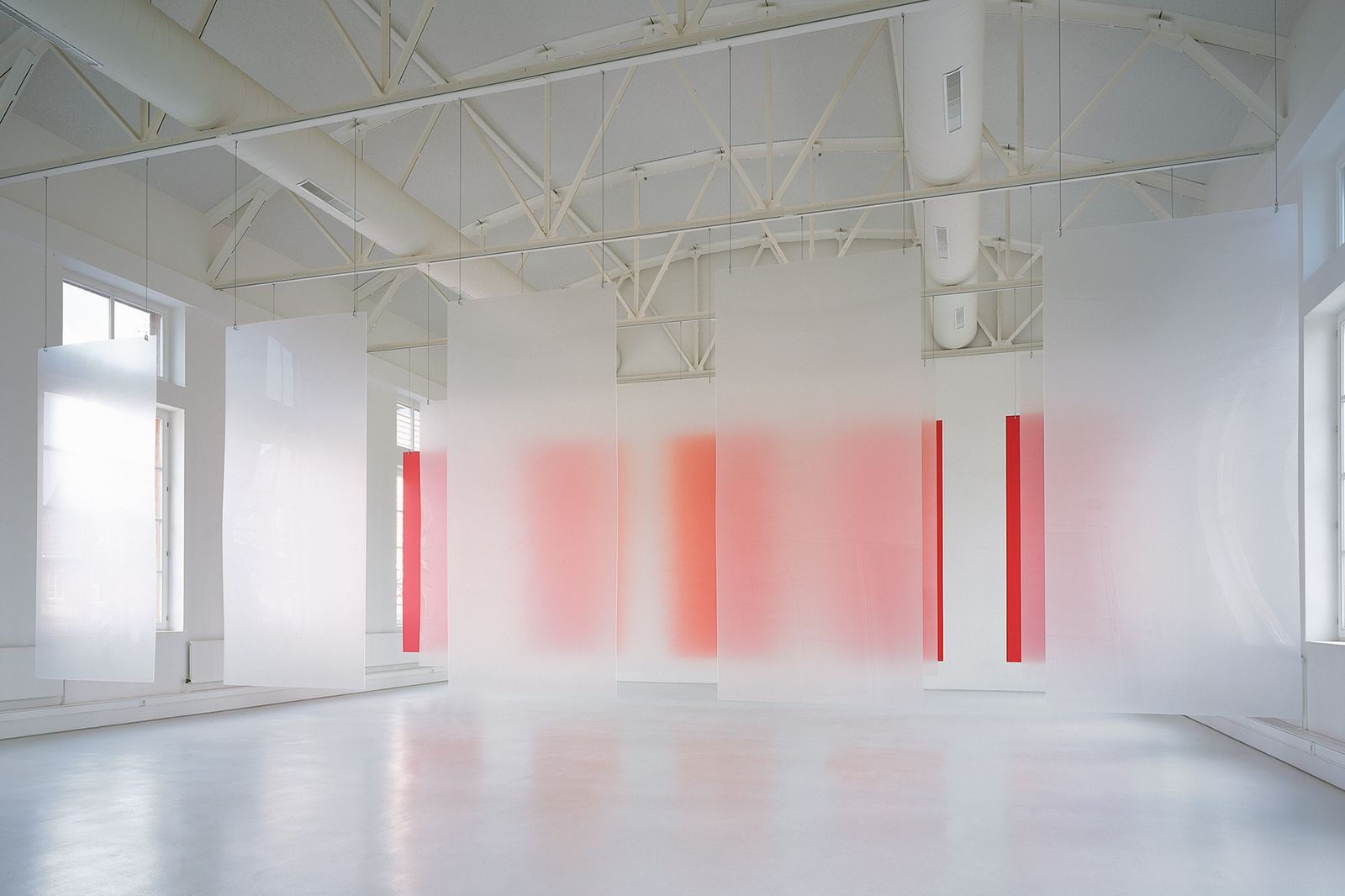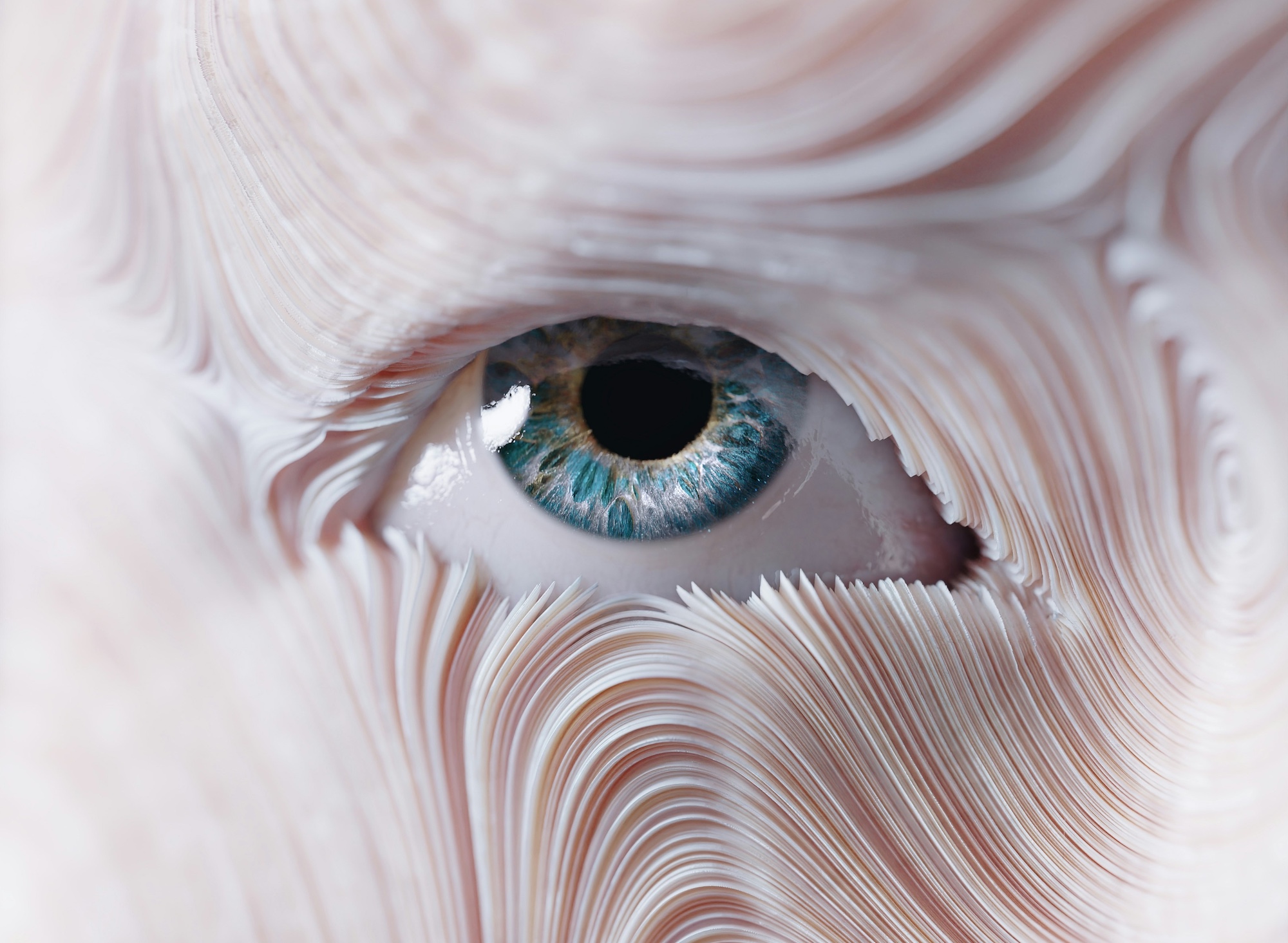Online course by Node Center with Sean Lee
Duration: Jun 09 – Jun 30, 2020
Fee: 154€
Max seats: 28
Enroll before: Jun 5, 2020
Dedication: 3 hrs/week
In support of our community and art professionals during the global outbreak of COVID-19, we are offering a 20% discount on all of our courses. Discount code: #stayathome
COURSE DESCRIPTION
Exploring the notion of disability arts as the “last avant-garde” movement, as coined by Turner Prize-nominated artist Yinka Shonibare, this course considers how the inclusion of disability arts “crips” or productively disrupts, arts and culture. Through a series of case studies and on the ground explorations that interrogate access and disability culture, we will explore how this movement is giving rise to new curatorial practices that are shaping new and exciting standards of artistic excellence.
Over four weeks, curators and arts programmers will learn standards and strategies for ensuring that their projects are accessible. Further, we will go beyond accessibility strategies to discover the subversive, innovative and exciting possibilities that accessible curatorial practice gives rise to.
PROGRAM
Week 1: Disability Rights and Justice – A Brief Overview
- Social vs Medical Model of Disability
- Dominant narratives of disability
- Community and disability
- Politics of disability
- Disability Justice and Accessibility
Learning objects: To explore how disability is as much a socially constructed phenomenon as a biological one and understand why it is important to begin the study of disability from the perspective of disabled people themselves
Week 2: Accessible Curatorial Practices
- Curatorial approaches to access
- Tangled Accessibility Toolkit and resources
- Standards, case studies and implementation
- Working within institutions
Learning objectives: To understand that accessibility is always in flux, recognizing the difference between access standards and accessibility activism
Week 3: Cultivating Disability Culture
- Disability Aesthetics
- Arts Funding and budgeting
- Outreach and audience cultivation
Learning objectives: To recognize the places that disability aesthetics have been co-opted in art history, building out timelines, working with disabled artists and audience members, as well as the exciting possibilities of accessible aesthetics and the ethics of access.
Week 4: Cripping the Arts
- Disabled Artists
- Disability Futurity
- Reclaiming community through art
Learning objectives: To identify the connection between art, politics, power and oppression, recognizing the vibrancy of disability art and how access can impact us all.











